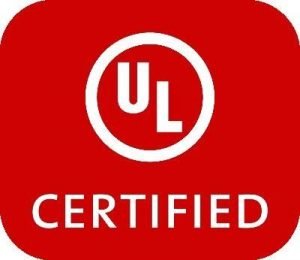Introduction to Trademark Registration and Its Importance
A trademark can be a brand name, logo, slogan, design, or any recognizable symbol or sign that denotes an organization, good, or service. Trademark registration formally establishes legal protection for a trademark. By registering a trademark, the owner acquires the exclusive right to use and safeguard the mark, barring third parties from using a similar mark in connection with identical goods or services.
There are various advantages to trademark registration, including:
1. Legal Protection: Registration creates a presumption of ownership and validity of the mark, which is legally recognized.
2. Exclusive Rights: The trademark owner acquires the sole right to use the mark in connection with the goods or services listed. This stops others from utilizing a mark that may need to be explained to customers.
3. Brand Recognition and Uniqueness: A registered trademark aids in developing a distinctive brand identity, setting the owner's goods or services apart from those of rivals. It increases consumer loyalty, trust, and brand recognition.
4. Market Advantage and Competitive Edge: The owner of a registered trademark has a competitive edge because others are prohibited from profiting from the goodwill and reputation attached to the mark.
5. Legal Recourse: Registration offers a solid legal basis for upholding trademark rights and filing lawsuits against infringers. It enables the owner to pursue remedies like injunctions, financial compensation, and confiscating infringing products.
6. Asset Value: A registered trademark is a valuable intangible asset that can raise the value of a company's overall assets. It may be licensed, delegated, or offered as security for
To ensure the proposed mark is available and does not clash with any already registered trademarks, trademark registration often entails completing a thorough search. The registration procedure entails submitting an application to the appropriate trademark office, paying the required costs, and meeting all registration-related requirements, including inspection, publication, and potential opposition actions.
It is significant to remember that trademark registrations are territorial, meaning they only protect the territory in which they are registered. To get protection in many countries, one can submit worldwide applications under conventions like the Madrid Protocol or submit independent applications in each target nation.
Businesses must register their trademarks to maintain brand identification, safeguard intellectual property rights, and build a solid market presence.
Conclusion
Trademark registration is a crucial step to safeguard your brand identity, intellectual property, and business reputation. By following the Trademark registration process diligently, you can establish your unique presence in the market and protect your brand against unauthorized use.
- Home
- About Us
-
Services
- BIS ISI Mark Certification
- BIS-CRS Certification
- ISI Domestic Manufacture
- EPR Plastic Waste
- EPR E-Waste
- EPR Registration
- EPR Battery Waste
- BIS FMCS Registration
- WMI Registration
- BIS ECO Mark Scheme
- BIS Certification for Footwear
- EMI-EMC Test
- RF Testing
- IP Rating Test
- TEC Approvals
- NABL Testing
- LM 79 & LM 80
- ROHS Approval
- CE Certificetion
- EPR Importance
- EPR For Tyres
- EPR For Used Oil
- TradeMark
- Copy Right
- WPC-ETA Approval
- BEE Registration
- FSSAI Registration
- Gem Registration
- BIS Certification for Toys
- Import Export License
- Custom Compliance
- LAB Setup and lab equipment
- UL Certification
- CDSCO Approvals
- Drug License
- NOC For Steel
- IMEI Registration
- ISO Certification
- Legal Metrology
- NSIC Registration
- Start-Up Registration
- Make in India Mark
- LMPC Registration
- CDSCO Registration
- Updates
- Gallery
- Clients
- Contact Us













































































